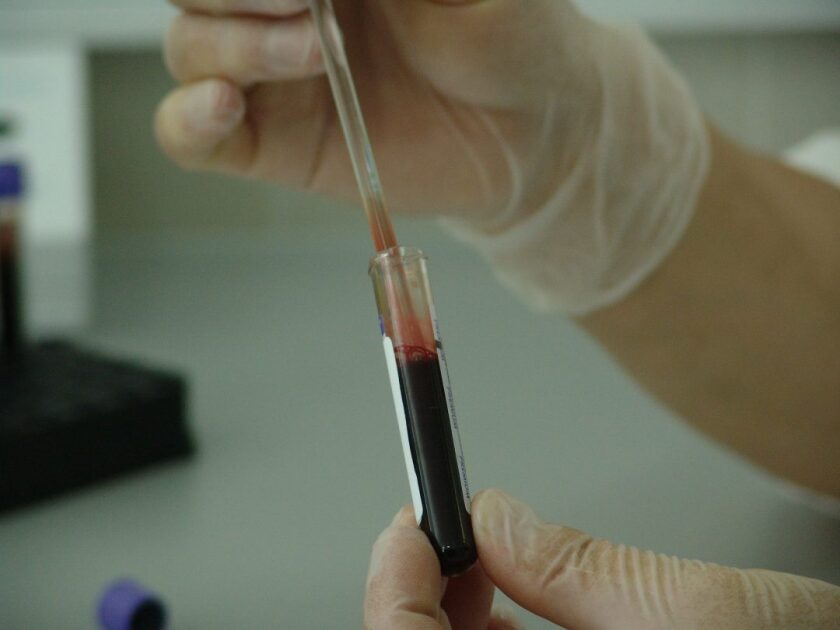
The current methods for detecting bacterial infection in the blood and whether those bacteria are resistant to common antibiotics can sometimes take an entire day—which is more time than a patient with sepsis can afford.
Dr. Adam Woolley from the chemistry department, along with Dr. Bill Pitt in chemical engineering, Dr. Rich Robison in microbiology and molecular biology, Dr. Aaron Hawkins in electrical engineering, and Dr. Holger Schmidt from UC Santa Cruz are collaborating on an NIH-funded project to create a microchip that can detect bacterial infections in blood and determine antibiotic resistance within the span of an hour.
Currently, the most common way to detect sepsis and antibiotic resistance is to take a blood sample, put it in an incubator, let the bacteria grow for a day so that there are enough of them to analyze, and then test for different bacterial strains and antibiotic resistance.
Another method involves a DNA amplification technique (PCR) that synthetically reproduces the DNA of the bacteria. Unfortunately, PCR requires very clean samples to work well, and blood samples require a lot of time-and-resource-intensive preparation to purify.
The chip Woolley and his collaborators are developing can analyze blood directly, without needing to replicate the bacteria first.
The device has three stages. First, a 7 milliliter sample of blood is collected from the patient and run through a spinning disk. Everything in the blood sample is thrown out to the edges of the disk, but as the disk is carefully slowed down, the bacteria are among the first things to move away from the edge, allowing them to be efficiently collected out of the middle.
Next, the bacteria are broken open and the DNA inside is concentrated. The DNA molecules then pass into a structure called a ‘porous polymer monolith,’ which has DNA tags hanging off of it that match different sequences. If any of the passing DNA molecules ‘match,’ they will stick to the monolith. Fluorescent labels that are specific to a particular bacterial strain or antibiotic resistance gene are then attached to the DNA molecules on the monolith.
Lastly, these labeled DNA molecules are released from the monolith and run through a device with small tubes that allow only one molecule to passes through at a time. A light sensor detects the fluorescence of the passing molecules. The fluorescence patterns indicate which bacterial strains are present, and whether or not they are resistant to common antibiotics.
Woolley hopes that in the future, this technology will be able to identify viral and fungal infections and even susceptibility to cancer.